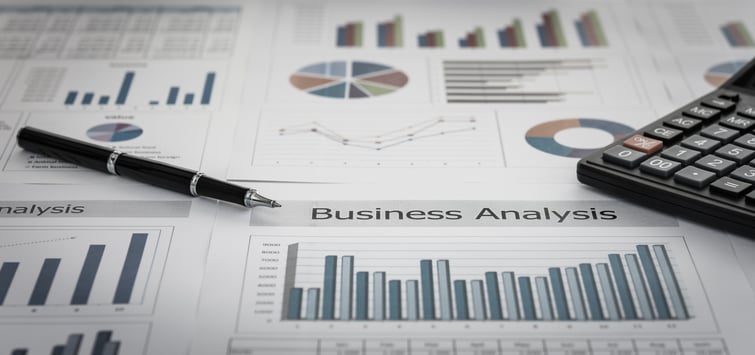
In the early days of chain retail expansion, developers would choose sites convenient to where their customers live, work, and shop and hope that sales and profitability would follow.
Fast forward several decades and this approach is still the guiding principle of site selection. What has changed is how sites are evaluated. Today, chain retailers tackle regional and nationwide expansion with the help of a site evaluation program that often includes sales forecasting models.
How accurate will your forecast be?
Analysts generally dread the question about how accurate a forecast will be and for good reason. If you suggest your models will reach an accuracy target and they don’t, no one trusts the model. If you suggest that all future-looking analytics are subject to factors out of your control, the business will often look for a forecaster willing to agree to an accuracy target.
So, if it’s wrong to ask “how” accurate a forecast can be, what is the right question?Sales forecasting is built on the premise of studying current and past events to predict future events. You must first accept that even in the best circumstances, the future is unpredictable and subject to risks and unknowns. When you accept this fact, the sales forecasting question becomes, “How do I maximize my chances of success and minimize risks?”
The answer to that question depends on the specifics of your business and its goals. However, following are five factors that will determine the risk level of your model, and ultimately, the level of accuracy you can expect from your forecasts:
The maturity of your chain
Perhaps more than anything else, the size of your retail or restaurant chain will influence how precise your forecasts are. If you’re a national retailer with 3,500 locations, you have more sales history and other data to identify and analyze the commonalities of your successful vs. unsuccessful locations. Similarly, the age of your chain plays a big part. If you’ve been around for 15 years, there’s a history there, as compared to a smaller company with fewer locations.
The techniques you use
Modelers will argue the merits of one forecasting technique versus another, but most modern forecasting approaches have value if used in the right scenarios, from the simplest of KPIs scorecards and checklists to sophisticated machine learning / artificial intelligence algorithms. Again, the size, maturity, and type of your business will largely determine what techniques are available to you – as well as your goals, budget, and available data – and those techniques will influence the accuracy of your forecasts.
The quality of your data
We’ve talked about good vs. bad data before on this blog, but it comes down to the “garbage in, garbage out” philosophy. You cannot expect to create a reliable forecast if the data underneath it is outdated or inaccurate. It’s important that you have solid market data (demographics, shopping data, spending patterns, etc.) as well as internal data on your stores and locations. Are you collecting information about each of your stores on a daily, weekly, and/or monthly basis?
Your industry
Sales forecasts depend on a proper assessment of the conditions of the industry, which has a lot to do with consumer behavior trends. How predictable are the consumers in your industry? If you’re in the grocery industry, for example, which depends on regular customers who consistently buy groceries regardless of their circumstances, it’s easier to predict behavior than in an industry where the merchandise changes frequently (e.g. specialty retail) or a large majority of the customers are from out of state (e.g. hotels).
Things you have no idea about until they happen
Even when you do your homework in creating your sales forecast, there will always be those “real-world” factors that surprise you. A competitor opens a store down the street after you open. The city tears up the road in front of your restaurant for a year, making it difficult to enter your parking lot. A traffic light that was supposed to go in on the corner never does. Sometimes, things happen after you create a forecast, rendering your models erroneous until updated.
For these reasons, there’s no such thing as a forecast with complete accuracy. Why do research at all then? Because your goal is to minimize your risk when expanding your business and make the most educated decisions possible. Using a tool to help you identify and evaluate new locations and develop forecasts to predict the success of those sites might not be perfect, but it is better than doing nothing at all.


